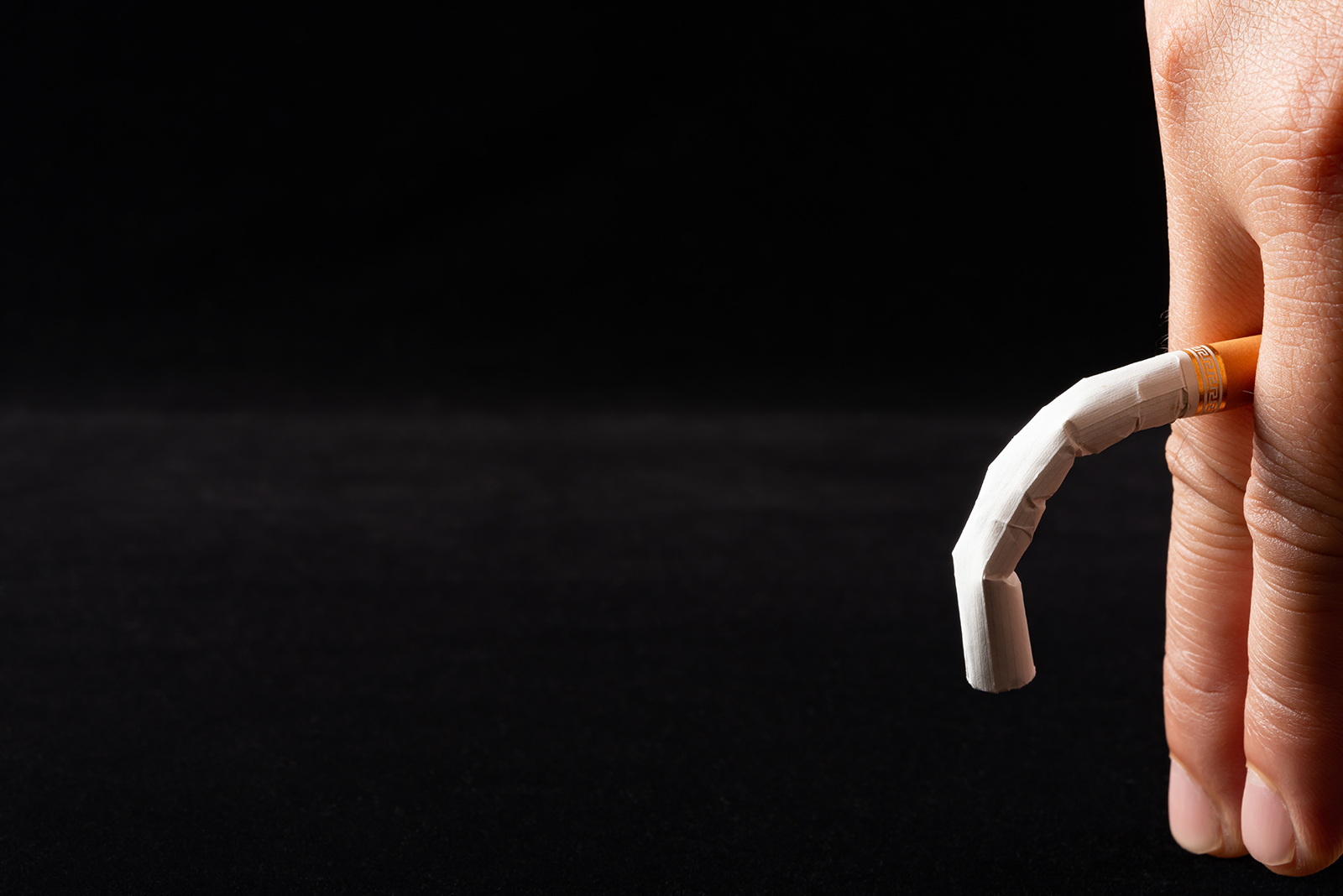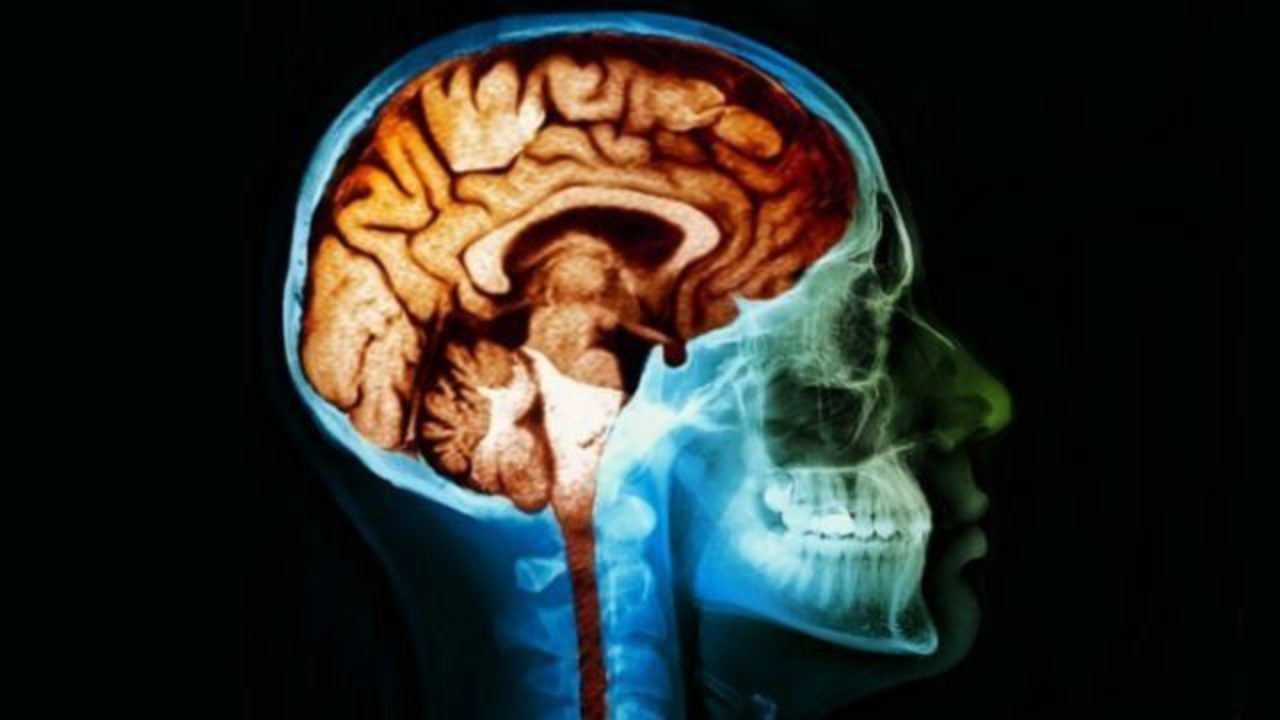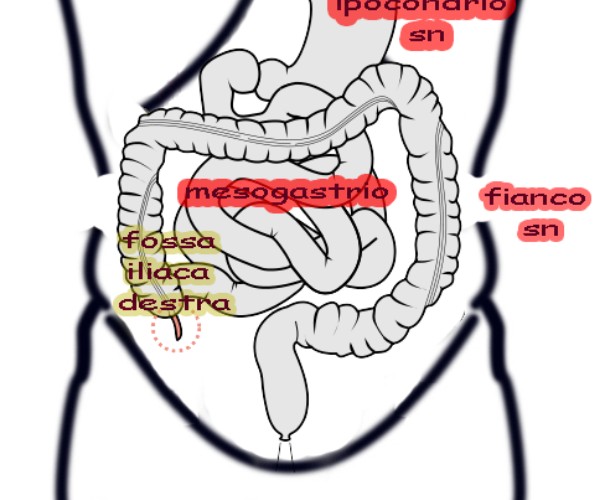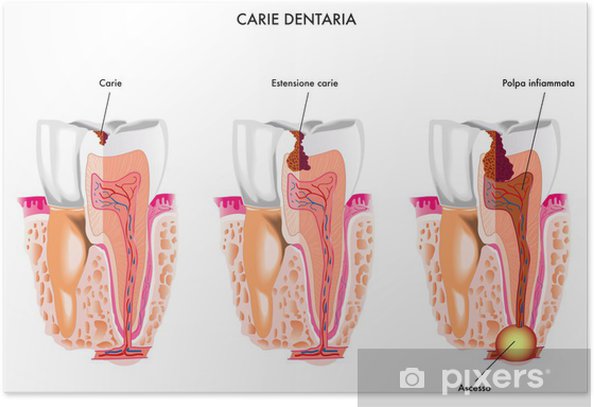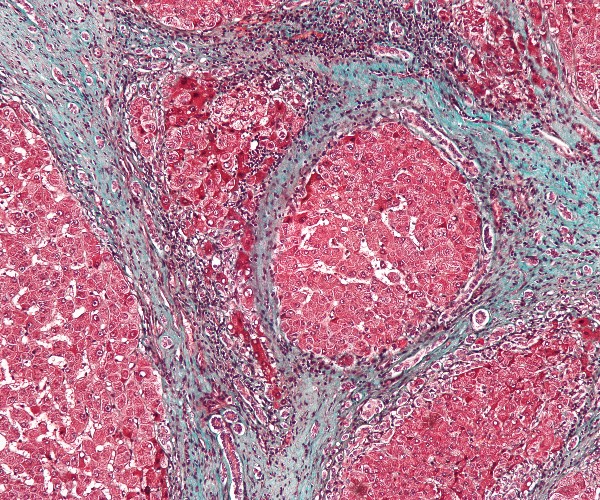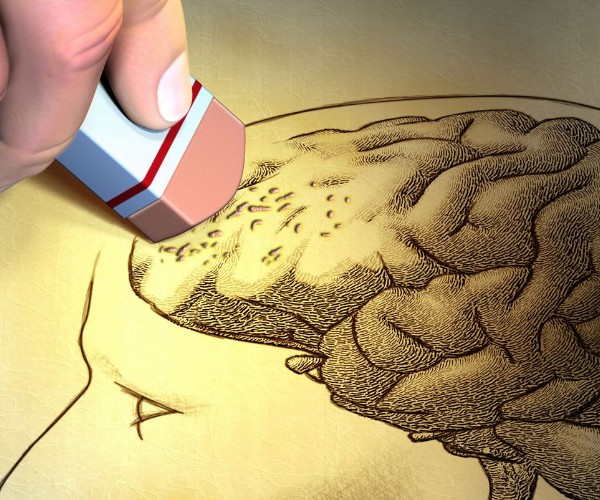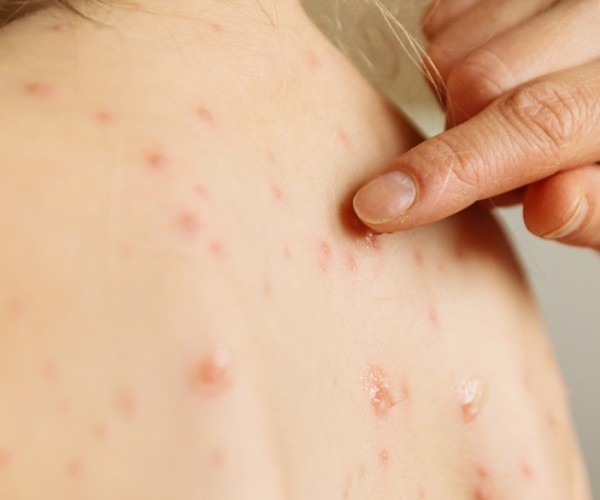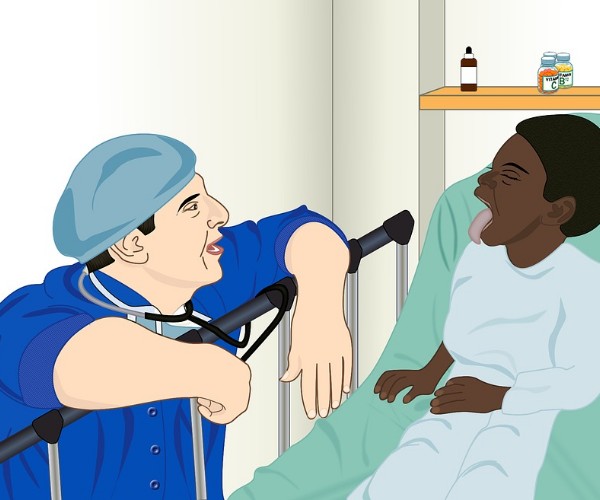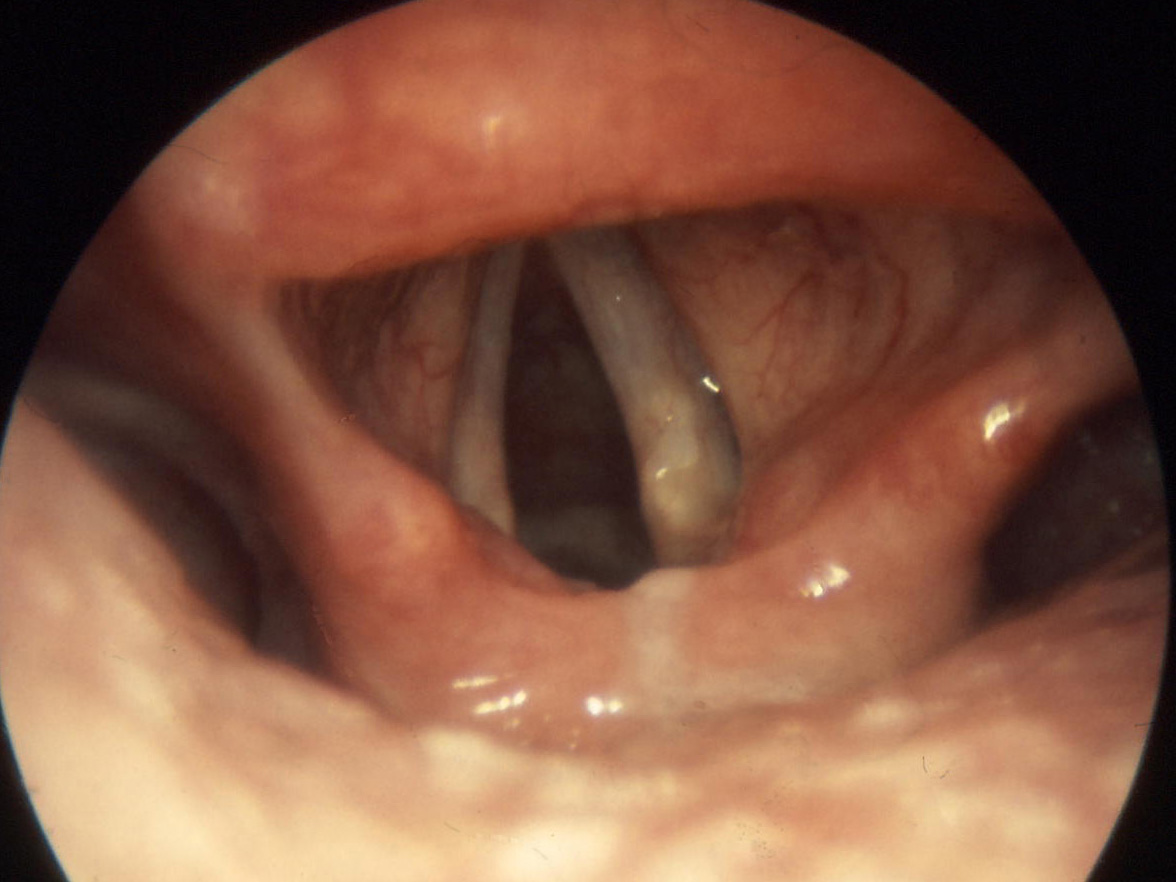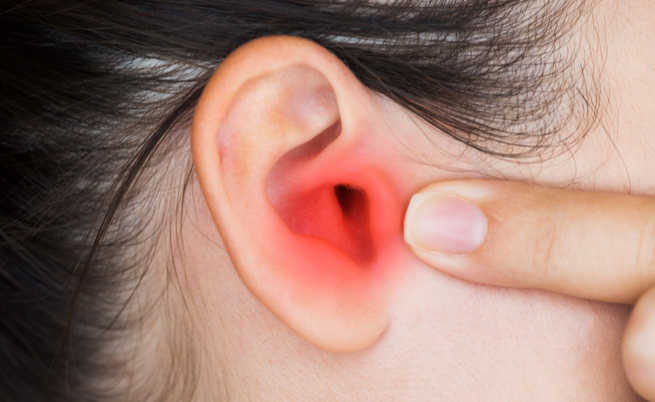There is a close relationship between adversity in childhood and asthma risk, according to extensive research conducted by a group of pediatricians at Brown University in Providence, the U.S. capital on the Atlantic coast. Using data from the National Survey of Children’s Health, a national study of children’s health that involved, by detailed telephone interview, parents and guardians of more than 90,000 young people between the ages of 0 and 17, researchers found An increasing correlation between the number of adversities recorded in childhood and the incidence of asthma. As the Figure, excerpted from work published online in the journal of the American College of Allergy, Asthma & Immunology, shows, going from one to four adversities, the prevalence of asthma increases in parallel to an increase of more than 70 percent compared to children who experienced a more serene childhood.
But what kind of hardships were recorded? First and foremost is the loss of a parent through death or separation; having had a parent in prison, having lived with a parent with serious mental health problems or who committed suicide, or devoted to drugs or alcohol. With only one adversity, the study reported a 28 percent increase in pediatric asthma, which becomes more than 50 percent with 3 adversities and rises to 73 percent with the accumulation of four adversities (for example: living with a parent who is separated, has mental health problems, addicted to alcohol, and has problems with the justice system). Asthma is one of the great plagues of the contemporary world: hundreds of millions (150 to 300 million) of children and adults suffer from it worldwide. In the United States alone, 7 million children (9.5 percent of the total) face a condition that is often very serious and requires emergency hospitalizations. According to various sources, summarized by the National Epidemiology Center of the Istituto Superiore di Sanità (www.epicentro.iss.it ) , in recent years, the increase of the disease in Europe has been very rapid: it has reportedly doubled within a decade.
There are an estimated 9 million people in Italy with respiratory allergies, a category in which asthma takes the lion’s share. The factors underlying this condition may be numerous, but the mechanisms always seem to be the same: airway inflammation sustained by an imbalance of the immune system with an excess of inflammatory cytokines such as IL-4, IL-5, IL-13. The immune cells involved are TH2 group lymphocytes, mastoid cells, and eosinophils: cells with high inflammatory power that cause the typical signs of the disease (airway obstruction, choking sensation, excess mucus). There are now many studies that have documented that stressful life events can increase the occurrence of asthma in both adults and children. In 2012, a group of epidemiologists from the University of Verona in Pediatric Allergy and Immunology documented that children born to mothers who experienced stressful events in pregnancy, such as bereavement, divorce, and job loss, have a statistically significant increase in asthma, as well as other allergic diseases such as eczema and rhinitis.
Subsequent work by Swedish researchers in Pediatrics showed a relationship between the level of cortisol in pregnancy and that of their children at birth and in infancy. As is well known, cortisol is the main stress hormone, which normally increases in pregnancy but can increase further due to a stressful condition. Excess maternal cortisol goes to set the child’s stress system high, which will then produce too much cortisol in the early years of life. The excess of stress hormones, which also include adrenaline and noradrenaline, goes to alter the activity of the immune system in an allergic (TH2) sense, as we mentioned above. This explanation, which has a variety of experimental evidence both on animals and in vitro, has recently found further support from the introduction of a new system for measuring cortisol: the hair test, which we account for in the next section.
Chronic stress in the hair
From the 1950s until a few years ago, cortisol levels were measured in plasma and urine. Then came the completely noninvasive possibility of measuring the hormone in saliva. Now a further method promises a revolution of considerable magnitude. In the hair, which forensic biomedical scientists already used to track drugs or other illicit substances, cortisol can also be tracked. In 2012 in Endocrinology, authored by Jerrold Meyer and Melinda Novak of the University of Massachusetts, the first review was published that documented that hair cortisol levels correlate with those in blood or saliva. So this is a reliable test. But there is more. In our hair, it is also possible to read the history of our stress load in recent months! In fact, as hair grows an average of 1 cm per month, for example in three centimeters of hair (starting from the scalp) we find the measure of cortisol for the past three months. Thus, we have, for the first time, the possibility of measuring, with a biological marker, the chronic stress a person suffers from. The other methods in fact, while very valid, measure instantaneous cortisol levels, which are certainly important, but do not give us a measure of the overall load.
The usefulness of this method is already amply demonstrated by the flourishing of the scientific literature in recent years. The hair cortisol test has been applied in pregnancy, in infants, and in people with various diseases, from cardiac to psychiatric. Hair is an extremely stable biological material: it lasts for months, years, without altering significantly. Even cortisol has been traced in the hair of 1,500-year-old Peruvian mummies. But why is the hair a reliable probe of circulating cortisol levels? Because from the blood, cortisol passes into the follicular cells that generate the hair and accumulates there. In short, a reliable and revolutionary tool with one limitation: it is not applicable to total baldness!
by Francesco Bottaccioli





